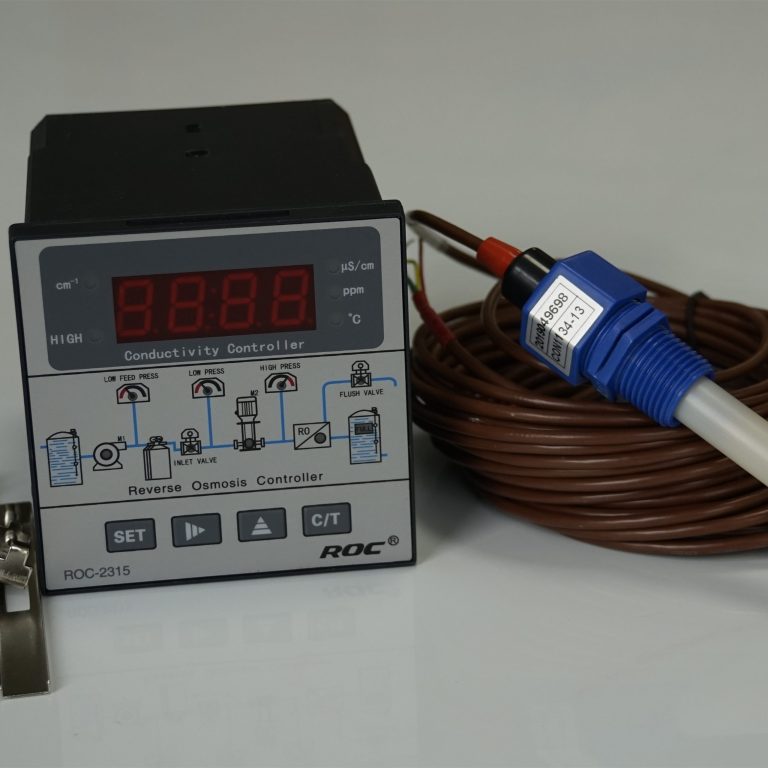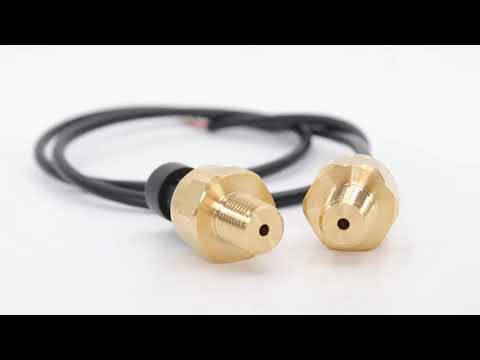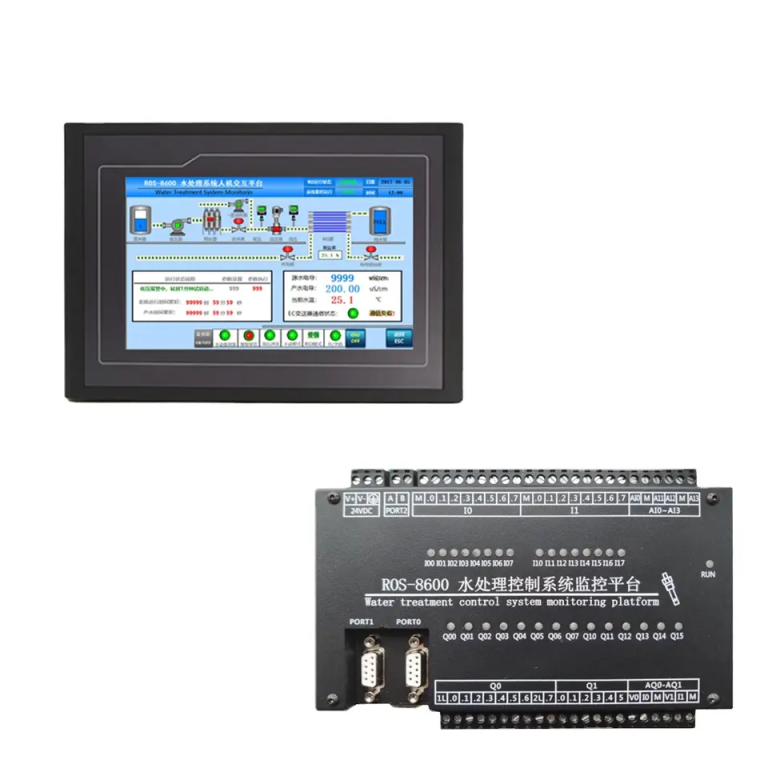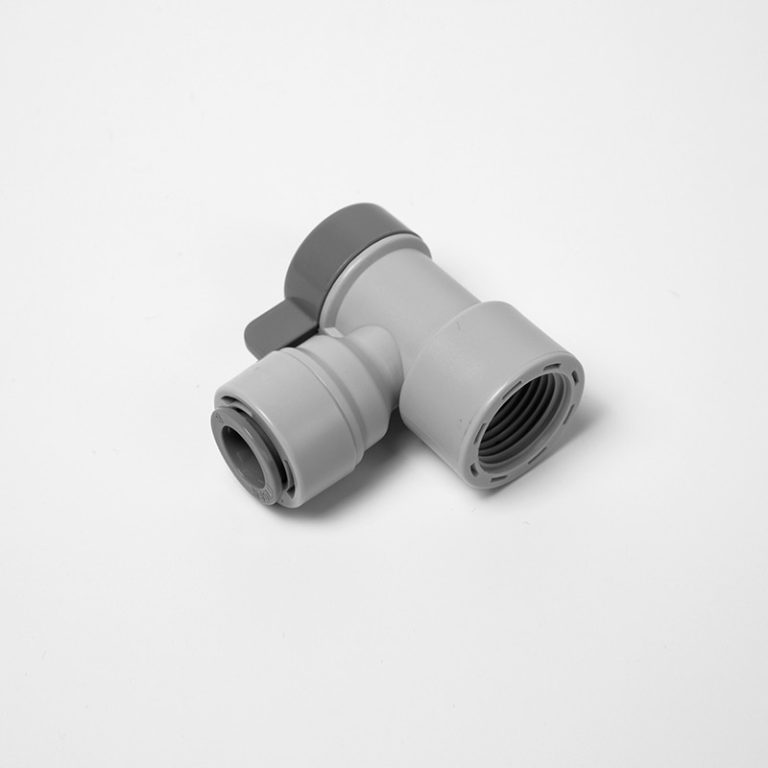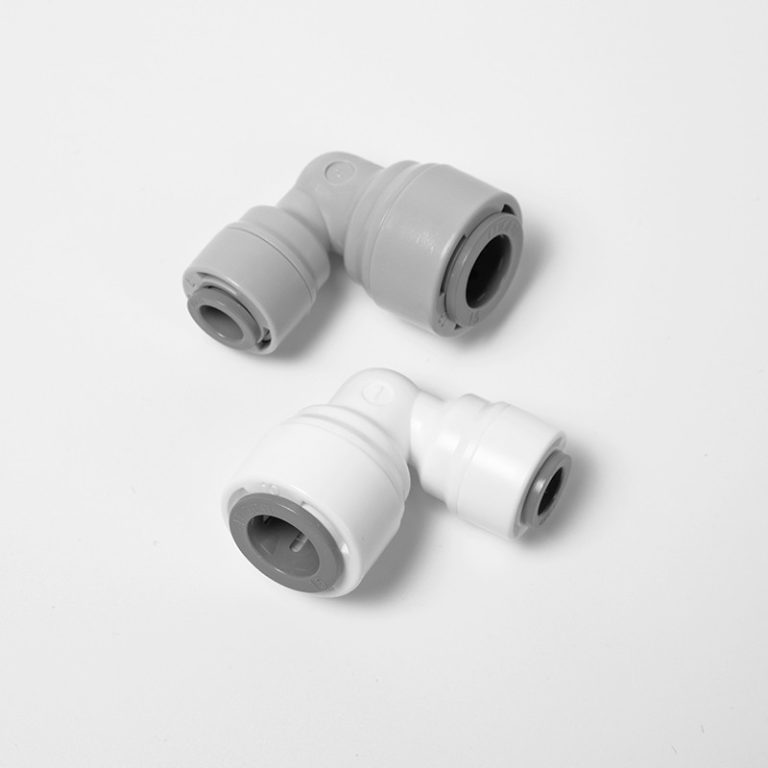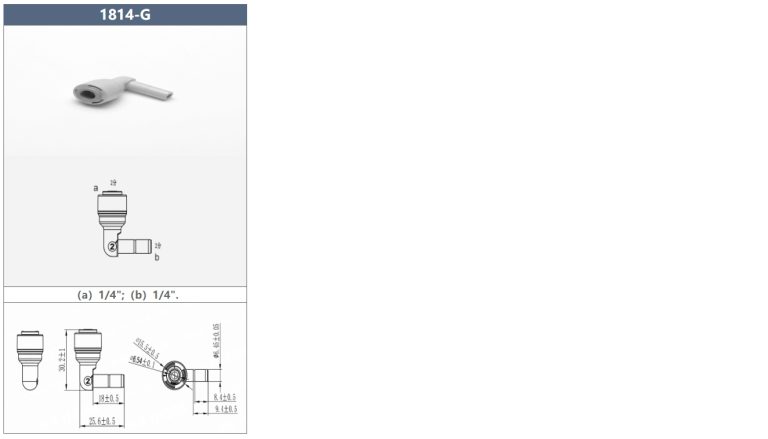قياسات دقيقة لجودة المياه المثالية.
مقدمة إلى أجهزة استشعار الرقم الهيدروجيني/ORP
pH/ORP تطبيقات في مجموعة واسعة من الصناعات. في محطات معالجة المياه، تُستخدم أجهزة استشعار الأس الهيدروجيني لمراقبة حموضة أو قلوية المياه، مما يضمن استيفائها للمعايير التنظيمية. في صناعة الأغذية والمشروبات، تعد مستشعرات الأس الهيدروجيني ضرورية للحفاظ على مستويات الأس الهيدروجيني المطلوبة أثناء التخمير والتخمير ومعالجة الأغذية. في صناعة المستحضرات الصيدلانية، تُستخدم مستشعرات الرقم الهيدروجيني لمراقبة الرقم الهيدروجيني لتركيبات الأدوية، مما يضمن استقرارها وفعاليتها. بالإضافة إلى ذلك، يتم استخدام مستشعرات pH/ORP في المراقبة البيئية لتقييم صحة النظم البيئية المائية واكتشاف التلوث.إن فوائد استخدام مستشعرات pH/ORP عديدة. أولاً، توفر هذه المستشعرات قياسات دقيقة وفي الوقت الفعلي، مما يسمح بإجراء تعديلات فورية للحفاظ على الظروف المثالية. وهذا يساعد على منع الأخطاء المكلفة ويضمن جودة المنتج المتسقة. ثانيًا، تتميز مستشعرات الرقم الهيدروجيني/ORP بالموثوقية العالية والمتانة، مع الحد الأدنى من متطلبات الصيانة. يمكنها تحمل البيئات القاسية، مثل درجات الحرارة المرتفعة والمواد الكيميائية المسببة للتآكل، مما يجعلها مناسبة لمختلف التطبيقات الصناعية. علاوة على ذلك، من السهل تركيب مستشعرات pH/ORP ودمجها في الأنظمة الحالية، مما يوفر الراحة والمرونة.في الختام، تعد مستشعرات pH/ORP أدوات أساسية لقياس حموضة أو قلوية المحاليل في مختلف الصناعات. تستخدم هذه المستشعرات تقنية متقدمة لتوفير قياسات دقيقة وفي الوقت الفعلي، مما يضمن جودة العمليات وسلامتها. تجد مستشعرات الرقم الهيدروجيني/ORP تطبيقات في معالجة المياه، وإنتاج الأغذية والمشروبات، وتصنيع الأدوية، والمراقبة البيئية. وتشمل فوائدها الموثوقية والمتانة وسهولة الاستخدام. مع استمرار الصناعات في الاعتماد على التحكم الدقيق في مستويات الأس الهيدروجيني وORP، فإن الطلب على هذه المستشعرات سيستمر في النمو.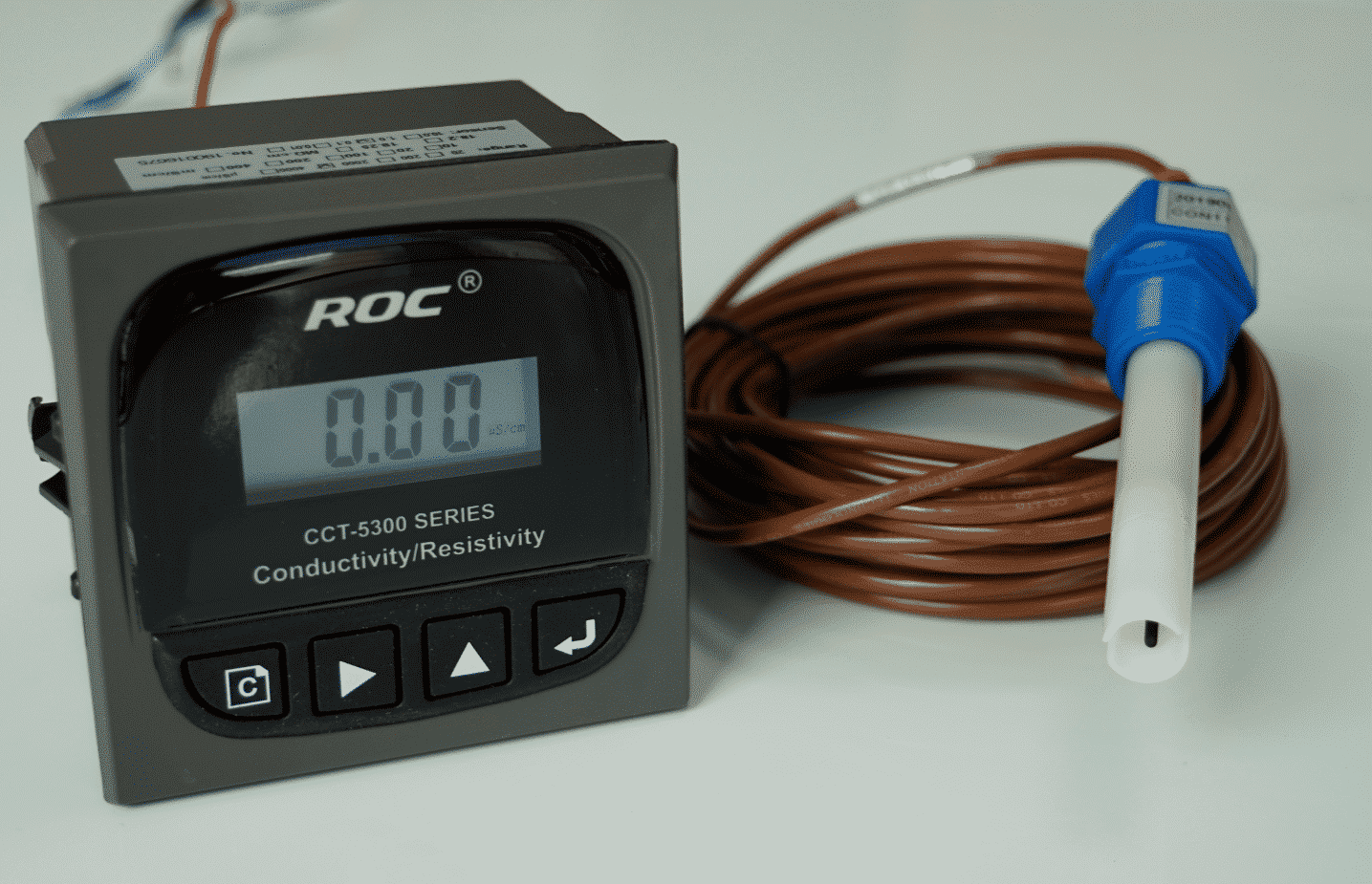 pH/ORP sensors find applications in a wide range of industries. In water treatment plants, pH sensors are used to monitor the acidity or alkalinity of water, ensuring it meets regulatory standards. In the food and beverage industry, pH sensors are crucial for maintaining the desired pH levels during fermentation, brewing, and food processing. In pharmaceutical manufacturing, pH sensors are used to monitor the pH of drug formulations, ensuring their stability and efficacy. Additionally, pH/ORP sensors are used in environmental monitoring to assess the health of aquatic ecosystems and detect pollution.The benefits of using pH/ORP sensors are numerous. Firstly, these sensors provide real-time and accurate measurements, allowing for immediate adjustments to maintain optimal conditions. This helps prevent costly errors and ensures consistent product quality. Secondly, pH/ORP sensors are highly reliable and durable, with minimal maintenance requirements. They can withstand harsh environments, such as high temperatures and corrosive chemicals, making them suitable for various industrial applications. Moreover, pH/ORP sensors are easy to install and integrate into existing systems, providing convenience and flexibility.In conclusion, pH/ORP sensors are essential tools for measuring the acidity or alkalinity of solutions in various industries. These sensors utilize advanced technology to provide accurate and real-time measurements, ensuring the quality and safety of processes. pH/ORP sensors find applications in water treatment, food and beverage production, pharmaceutical manufacturing, and environmental monitoring. Their benefits include reliability, durability, and ease of use. As industries continue to rely on precise control of pH and ORP levels, the demand for these sensors will only continue to grow.
pH/ORP sensors find applications in a wide range of industries. In water treatment plants, pH sensors are used to monitor the acidity or alkalinity of water, ensuring it meets regulatory standards. In the food and beverage industry, pH sensors are crucial for maintaining the desired pH levels during fermentation, brewing, and food processing. In pharmaceutical manufacturing, pH sensors are used to monitor the pH of drug formulations, ensuring their stability and efficacy. Additionally, pH/ORP sensors are used in environmental monitoring to assess the health of aquatic ecosystems and detect pollution.The benefits of using pH/ORP sensors are numerous. Firstly, these sensors provide real-time and accurate measurements, allowing for immediate adjustments to maintain optimal conditions. This helps prevent costly errors and ensures consistent product quality. Secondly, pH/ORP sensors are highly reliable and durable, with minimal maintenance requirements. They can withstand harsh environments, such as high temperatures and corrosive chemicals, making them suitable for various industrial applications. Moreover, pH/ORP sensors are easy to install and integrate into existing systems, providing convenience and flexibility.In conclusion, pH/ORP sensors are essential tools for measuring the acidity or alkalinity of solutions in various industries. These sensors utilize advanced technology to provide accurate and real-time measurements, ensuring the quality and safety of processes. pH/ORP sensors find applications in water treatment, food and beverage production, pharmaceutical manufacturing, and environmental monitoring. Their benefits include reliability, durability, and ease of use. As industries continue to rely on precise control of pH and ORP levels, the demand for these sensors will only continue to grow.

